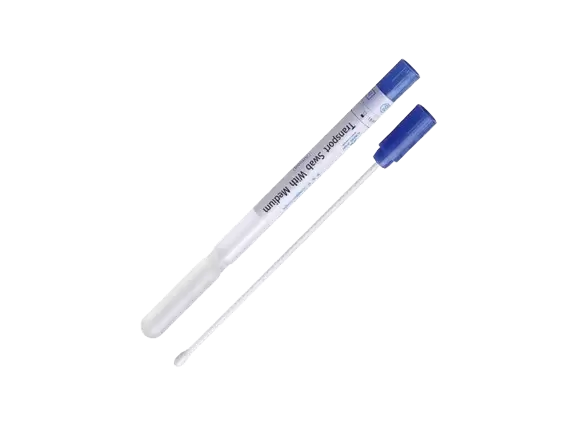Water, the elixir of life, is essential for our survival. However, with increasing concerns about water pollution and contaminants, it is crucial to understand which water sources are safer to drink. In this blog post, we will delve into the depths of various water types and explore the factors that determine their safety quotient. So, let's embark on this journey to uncover the truth about the safest water to drink.
- Tap Water: A Closer Look at Municipal Water Treatment
Tap water, supplied by municipal authorities, is a common source for most households. It undergoes a rigorous treatment process to ensure safety. We will explore the different stages of municipal water treatment, including coagulation, sedimentation, filtration, disinfection, and distribution. Additionally, we will discuss the potential risks associated with tap water and the measures taken to mitigate them. - Bottled Water: Is It Worth the Hype?
Bottled water has gained popularity due to its perceived purity and convenience. However, not all bottled water is created equal. We will examine the different types of bottled water, such as spring water, purified water, and mineral water, and evaluate their safety standards. Furthermore, we will shed light on the environmental impact of plastic bottles and suggest sustainable alternatives. - Filtered Water: Unveiling the Secrets of Filtration Systems
Filtered water offers an additional layer of purification, removing impurities that may still be present in tap water. We will explore the various types of water filtration systems available, including activated carbon filters, reverse osmosis systems, and UV filters. By understanding the filtration process and its effectiveness against different contaminants, readers can make informed decisions about their water purification needs. - Well Water: Assessing the Risks and Ensuring Safety
Well water, sourced from underground aquifers, is a prevalent option in rural areas. However, it is essential to be aware of potential risks associated with well water, such as bacterial contamination, heavy metals, and agricultural runoff. We will discuss the importance of regular testing, maintenance, and treatment methods to ensure the safety of well water. - The Role of Water Testing: Empowering Consumers
Water testing plays a vital role in determining the safety of drinking water. We will highlight the significance of regular water testing, the parameters to consider, and the available testing methods. By understanding the importance of water testing, readers can take proactive steps to safeguard their health and make informed decisions about their water sources.
Conclusion:
In the quest for the safest water to drink, it is crucial to consider various factors such as the source, treatment methods, and potential contaminants. While tap water, properly treated by municipal authorities, is generally safe, additional purification methods like filtration systems can provide an extra layer of protection. Bottled water, although convenient, should be chosen wisely, considering its source and environmental impact. Well water users must be vigilant about regular testing and appropriate treatment measures. By understanding these nuances, individuals can make informed choices to ensure the safety and quality of the water they consume.








+ There are no comments
Add yours